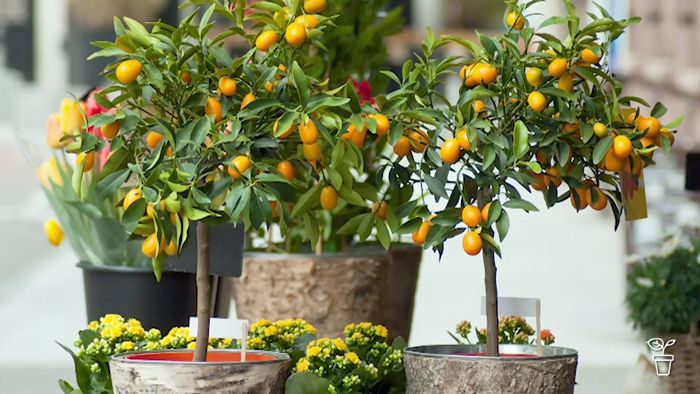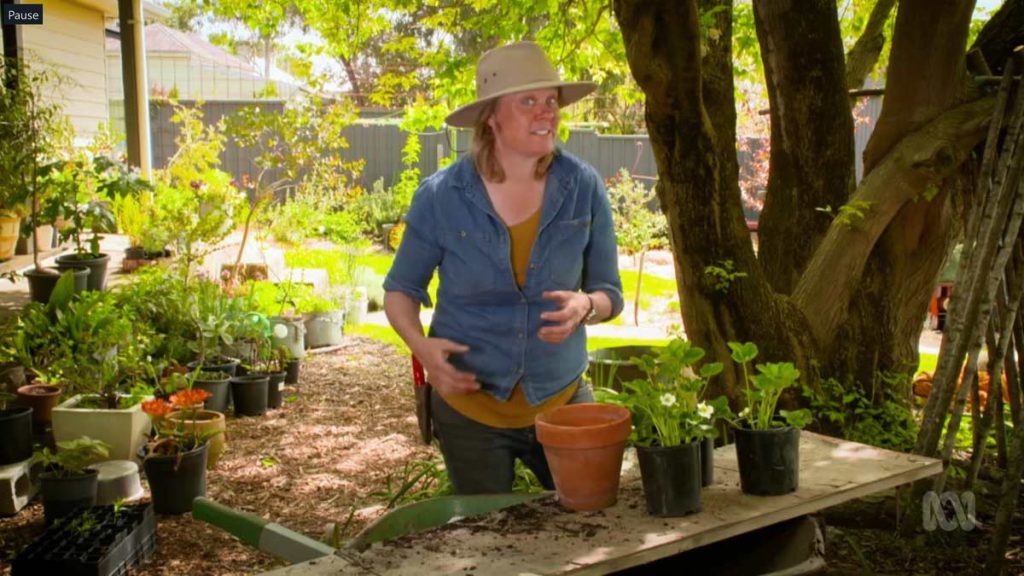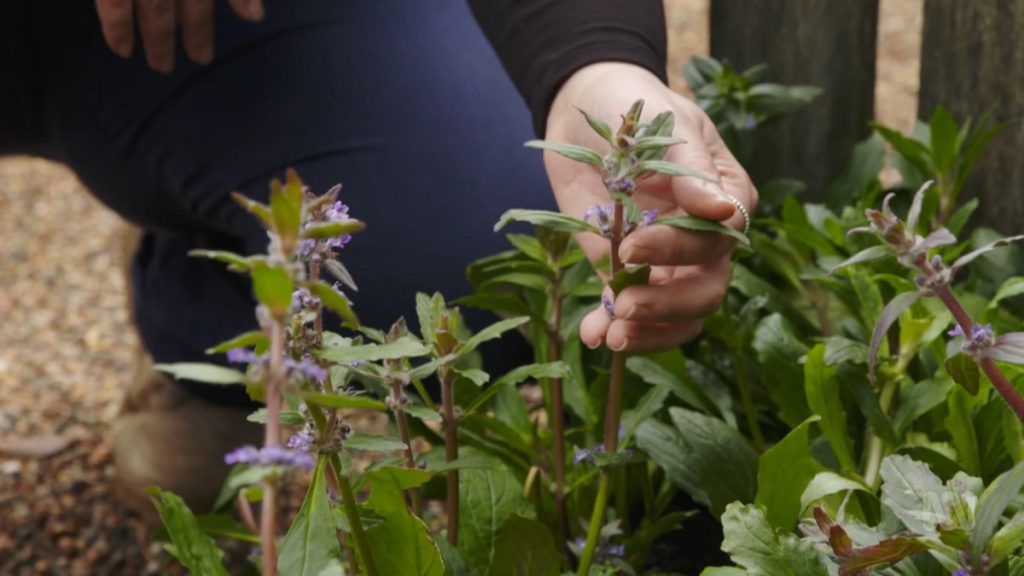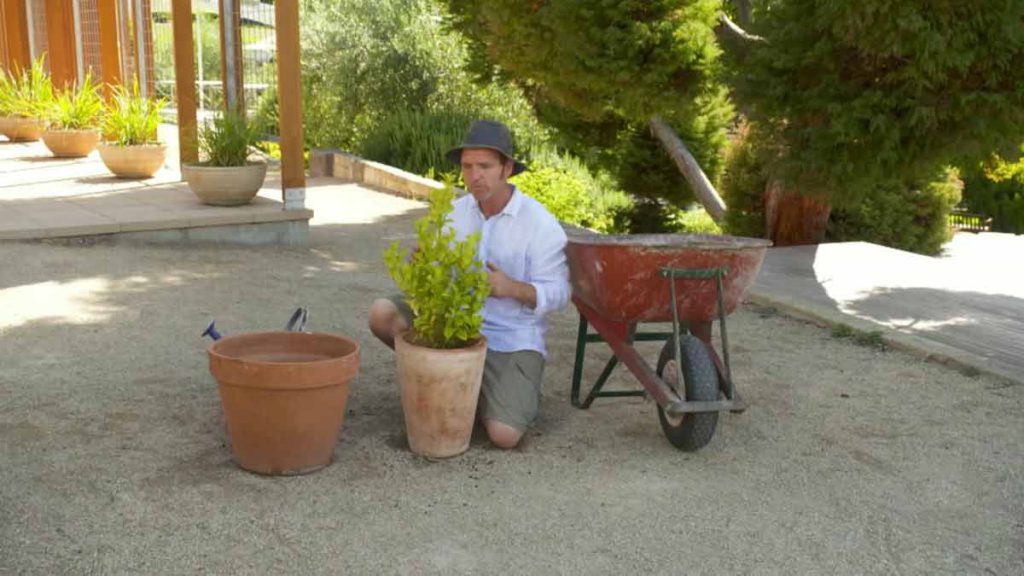Gardening Australia episode 32 2021: Costa explains how to protect the vegie patch with plants; Millie Ross visits a wildlife friendly garden; Tino Carnevale learns about the plants of sub-Antarctic Macquarie Island: Jane Edmanson plants fruit in pots.
Inspiring, entertaining and full of practical advice, join Costa Georgiadis and the team as they unearth gardening ideas, meet avid gardeners and look at some of the most inspiring gardens from across the country.
Gardening Australia episode 32 2021
Nurturing Wildlife
Millie meets a couple who have created a colourful and productive wildlife-friendly garden in Central Victoria. Jill and John decided to move to 24ha in Glenlyon with wonderful views over the Loddon River valley. It’s scrubby gold-mining country with clay shale and quartz everywhere – but John didn’t mind because he farms bees and there were lots of mature messmates, peppermints, manna gums.
Jill and John are nature lovers who started restoring the land immediately, for both aesthetics and wildlife. The river flats were thick with blackberries, gorse, phalaris, willows and other weeds & it was a huge task getting them under control. As Jill chatted to neighbours about their revegetation work, she realised how little many of them knew about native plants and habitat – things she took for granted because her mother was a keen bushwalker.
She decided to write a booklet for landowners to promote planting for wildlife. She built up a team of like-minded locals, including professionals and passionate amateurs, and Grow Wild was published in March 2020. More than 400 copies have sold. The book explains why it’s important to ‘leave alone’ as much bush as possible, why some ‘mess’ is good, what makes good habitat, the benefits of providing water and planting local species, plus a list of easy plants to grow.
FAQs – Composting wood ash | Picking broad beans | Fertilising Sydney Rock Orchids
Gardening Australia presenters answer frequently asked gardening questions. Wood ash can go onto your compost heap, provided it hasn’t come from timber that’s been treated. Wood ash from a clean source, like your home fireplace or fire pit, is just fine. The trick is to only add small amounts at a time, because it can be quite alkaline, and also make sure it’s thoroughly blended through the compost. And that way the trace elements that are in the ash will finally make their way into your garden.
Patch Buddies
Costa looks at some plants to provide protection from the elements and attract pollinating insects to your patch.
In nature, plants help each other out – trees share their shade, flowers invite the birds and bees, and grasses and groundcovers act as a living mulch keeping other plants from drying out. It’s no different in the vegetable patch. You’re contending with wind and pests while keeping the soil healthy and moist, so why not enlist the help of some useful plants!
Using a variety of plants inside and out of the vegie bed can help with pollination, protection and make your job a little easier (and fun!) in the long run.
Top Tip: Growing Leeks – Gardening Australia episode 32 2021
Sophie explains why leeks are a staple crop in her garden. Leeks are an extremely versatile member of the onion family. They taste great in all sorts of cooking, and they’re easy to grow. Many people think they’re really a cool season crop that you grow over the winter months, but Sophie grows them all year round in her garden.
They can be harvested when they’re quite fat and large, or when they’re young and about the size of a spring onion. You can grow leeks from seeds, but Sophie prefers to buy them as seedlings because it saves four to six weeks of growing time.
Chillin’ Plants
Tino explores a display of species from Macquarie Island and learns about their unique adaptations to the harsh Sub-Antarctic conditions. Lorraine Perrins is the curator of the Conservation Collections and Sub-Antarctic flora at the Royal Tasmania Botanic Gardens.
In the great Southern Ocean, approximately 1500km southeast of Tasmania, lies a small island few people will ever have the opportunity to visit – Macquarie Island. This relatively young landmass emerged approximately 600,000 years ago as a piece of deep ocean crust thrust above sea level by massive continental plate activity. This special place (described as a ‘wonder spot of the world’ by Sir Douglas Mawson) is as remote as it is awe-inspiring, roughly located halfway between Tasmania and Antarctica , and subject to the full force of the Southern Ocean.
Made for Shade
Clarence looks at a range of edible Australian plants that can provide a crop in a shaded position. Starting at the ground level where most people have shade in the garden, is often under the canopy of established trees. To survive these conditions, you need plants that can both handle low light and be shallow rooted, to be able to persist above the trees’ roots.
Get a Grip – Gardening Australia episode 32 2021
Jerry demonstrates some strategies he uses to keep over-enthusiastic plants under control. A clumper that can get out of control quickly is bamboo, and there are few plants with as bad a reputation. Reviled as garden bullies, almost everyone has heard the story about a bamboo that took over someone’s auntie’s place, choking the entire garden in endless runners and forming an impenetrable, thickened mat of roots.
But it doesn’t have to be this way-you need only choose one of the new, clumping varieties of bamboo. It means you can still enjoy bamboos rapid growth and beautiful screening foliage, without sacrificing your entire garden.
Planting in Compost
Josh explains how to use wood-ash in your compost and plants melons it. Josh loves growing food in his garden and is always on the hunt for new spaces to try growing productive plants. All gardeners know that compost is the secret to successful, productive gardening and today, Josh is keen to try growing crops directly in the compost pile. This has the added benefit of aiding the composting process at the same time!
Fruit Pots – Gardening Australia episode 32 2021
Jane profiles some of the most productive plants for container growing. Dwarf fruit varieties are grown specifically for courtyards or for patios and they’ll only reach about 2 metres in height. They have the added benefit that when it comes to picking fruit and maintaining your tree, you don’t have to get up on a ladder! Jane takes a look at some varieties of fruit trees that are made for growing in pots!




